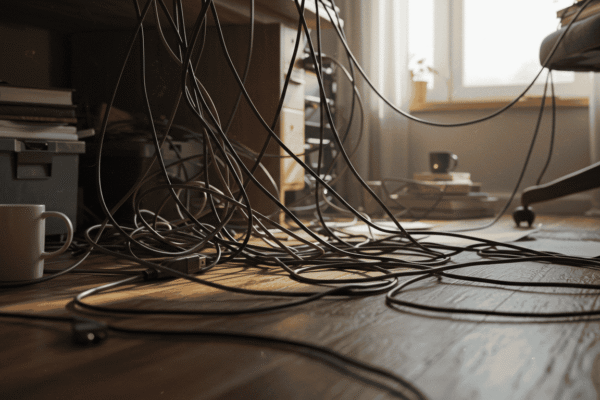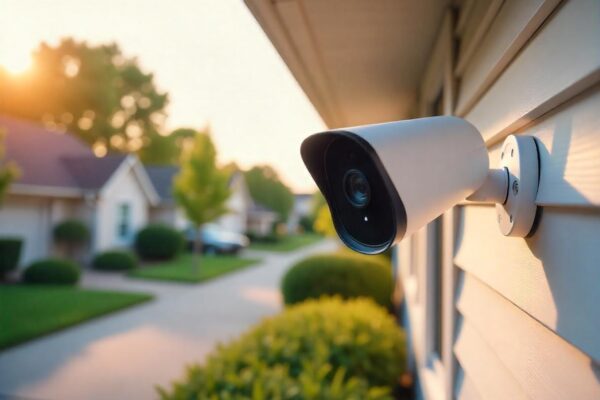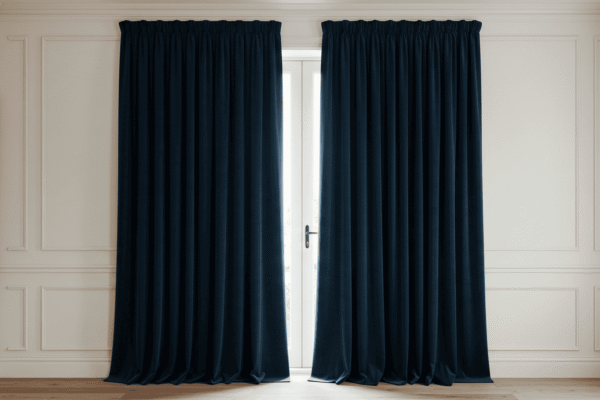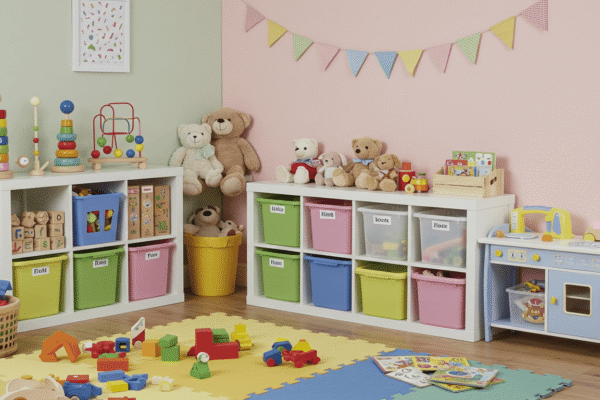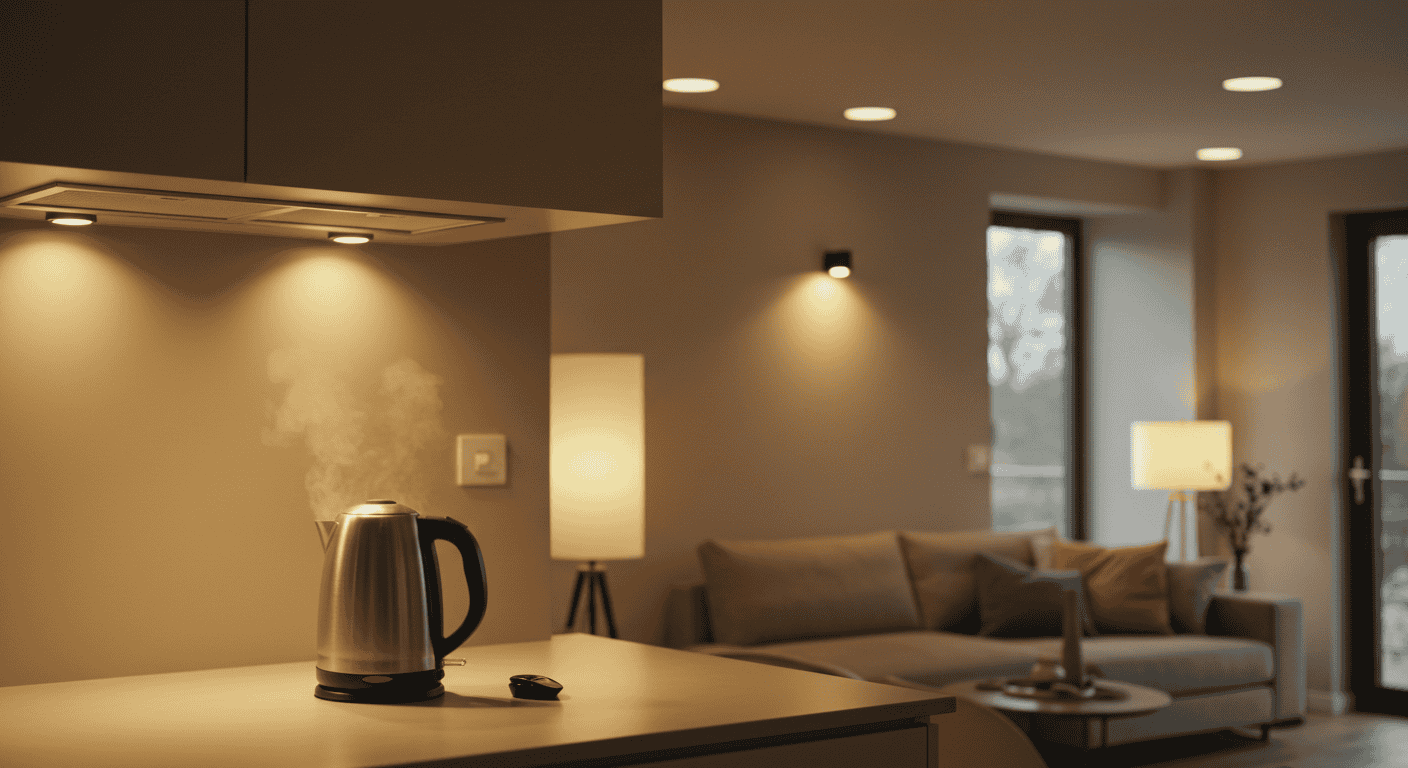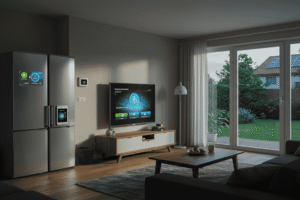Save on Your Electric Bill doesn’t have to mean living in the dark or sweating through summer. By making small, smart changes in your daily habits and home setup, you can reduce electricity bills, improve energy efficiency, and keep more money in your pocket—without sacrificing comfort. From smart thermostat tricks to LED lighting upgrades, these energy-saving tips will help you cut costs and make your home more efficient year-round.
Understanding Your Electric Bill: Where Does the Energy Go?
To effectively save on your electric bill, it’s essential to understand where most of your home’s energy is consumed. Knowing how your electricity is used allows you to target the biggest energy drains first and apply the most effective energy-saving tips. In most homes, energy consumption is divided among several key categories, each contributing differently to your overall electric usage and costs.
Breaking Down Your Electricity Consumption
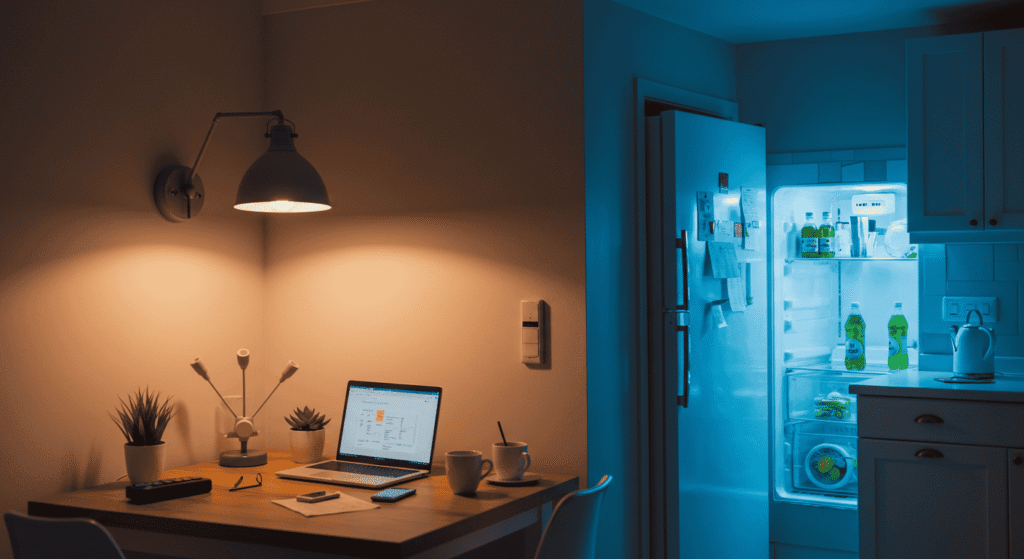
The majority of home energy use falls into a few main categories: heating and cooling, appliances, and lighting. Heating and cooling systems often consume the largest portion, typically accounting for 40-50% of total electricity use, especially in regions with extreme temperatures. Appliances such as refrigerators, washers, dryers, and ovens make up around 20-25%. Lighting generally accounts for 10-15%, though this can vary depending on your household habits and the types of bulbs you use.
Understanding these percentages helps you focus your efforts on the most impactful areas. For instance, optimizing heating and cooling with a smart thermostat or improving home insulation can lead to significant savings. Similarly, switching to LED lighting or upgrading to more efficient appliances can reduce energy waste without compromising comfort or convenience.
Common Energy Wasters in Homes
Many homes lose energy unnecessarily due to common but often overlooked issues. Standby power, or “phantom load,” is one of these culprits—many devices consume electricity even when turned off or in standby mode. Inefficient or outdated appliances also contribute heavily to excess electricity consumption. Finally, poor insulation allows heated or cooled air to escape, forcing your HVAC system to work harder and increasing your electric bill.
By identifying these energy wasters, you can take targeted action to eliminate them. Unplugging devices, using power strips, maintaining appliances, and sealing leaks around windows and doors are practical ways to curb these unnecessary costs.
How to Read Your Electric Bill Like a Pro
Your electric bill contains valuable information beyond just the total amount due. Familiarizing yourself with its key terms and sections can empower you to track your energy use more effectively and spot unusual patterns. Look for details such as your total kilowatt-hours (kWh) consumed, peak usage times, and any tiered pricing structures your utility company may use.
Tracking your usage month by month can reveal seasonal trends and help you understand how specific behaviors or changes affect your electric bill. Knowing how to interpret this data will guide you in applying the most effective energy conservation strategies and maximizing your savings.
| Energy Use Category | Average % of Total Consumption | Tips to Reduce Usage |
|---|---|---|
| Heating & Cooling | 40-50% | Use programmable thermostat, seal leaks |
| Appliances | 20-25% | Upgrade to efficient models, unplug unused devices |
| Lighting | 10-15% | Switch to LED, use natural light |
Smart Thermostat Strategies to Lower Energy Costs
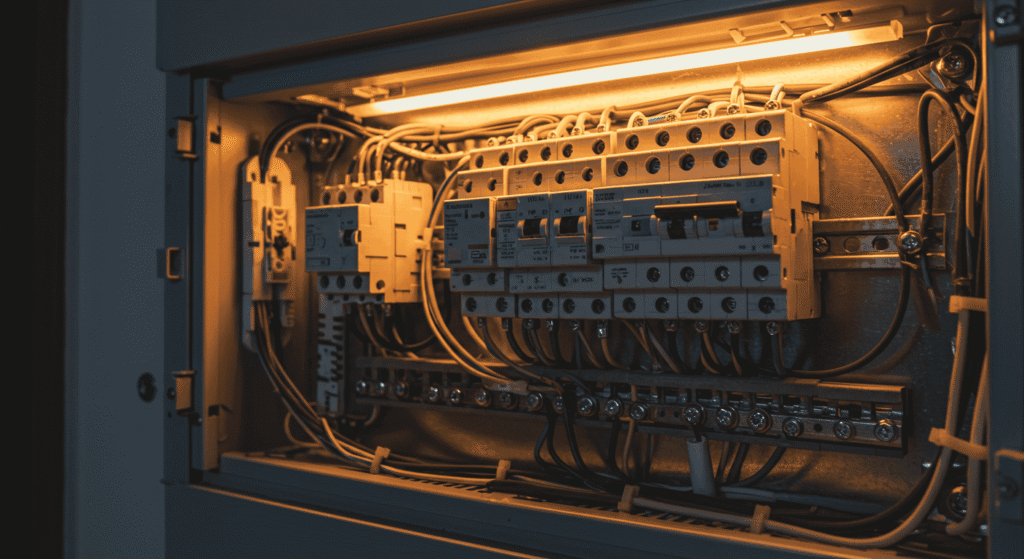
Using a smart thermostat is one of the most effective ways to save on your electric bill without sacrificing comfort. These devices allow you to optimize heating and cooling, which often represent the largest portion of your home’s energy consumption. By understanding how to use them smartly, you can reduce waste and lower your overall energy costs.
Benefits of Temperature Scheduling
One of the biggest advantages of a smart thermostat is the ability to schedule temperature adjustments based on your daily routine. By lowering heating or cooling during times when you’re away or asleep, you can significantly reduce electricity use. For example, reducing the heat by just a few degrees at night or during work hours can lead to noticeable savings without affecting your comfort when you’re home.
Using Zoning for Efficient Heating and Cooling
Zoning lets you direct heating or cooling only to specific areas of your home that need it most. Instead of heating or cooling the entire house all the time, zoning focuses energy where it counts, preventing waste in unused rooms. This targeted approach improves energy efficiency and can dramatically reduce your electric bill.
Avoiding Common Thermostat Mistakes
Even with a smart thermostat, mistakes can reduce your potential savings. Setting the temperature too high or low, frequently overriding the schedule, or placing the thermostat in a poor location (like near a heat source or draft) can cause your system to run unnecessarily. Understanding these pitfalls and setting your thermostat thoughtfully ensures you maximize your energy savings.
Upgrade Your Lighting Without Breaking the Bank
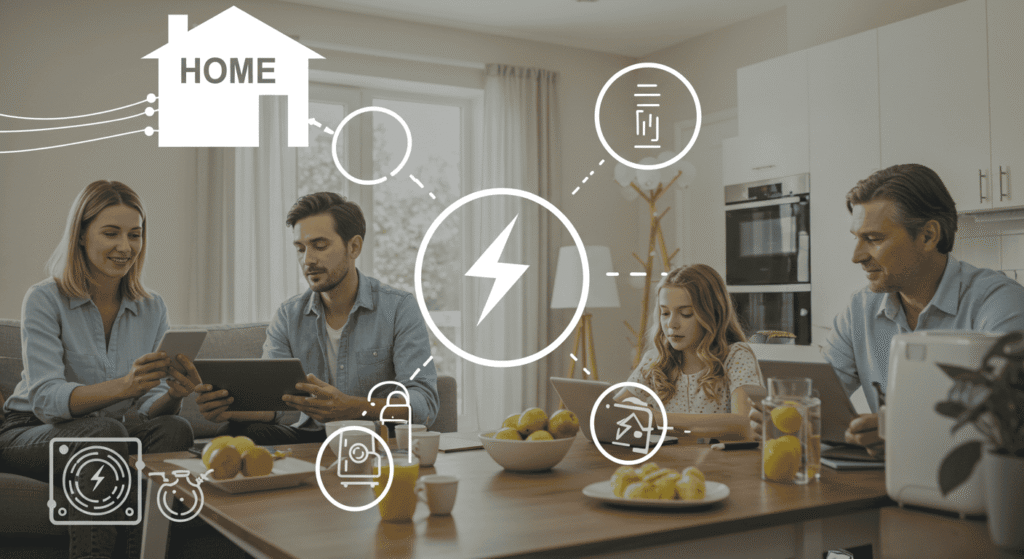
Lighting can be a significant part of your home’s electricity consumption, but upgrading your lighting doesn’t have to be expensive. By making smart choices, you can save on your electric bill while enhancing the ambiance and functionality of your living space.
Why LED Lighting is a Game-Changer
Switching to LED lighting is one of the simplest and most effective energy-saving tips you can implement. LEDs use significantly less electricity than traditional incandescent bulbs and last much longer, reducing replacement costs. Their energy efficiency means you get the same or better brightness for a fraction of the power usage, directly lowering your energy costs over time.
Creative Ways to Maximize Natural Light
Maximizing natural light in your home reduces the need for artificial lighting during the day. Simple changes like rearranging furniture to avoid blocking windows, using light-colored curtains or blinds that diffuse sunlight, and keeping windows clean can brighten rooms naturally. This approach not only reduces electricity consumption but also creates a more inviting and healthy living environment.
When to Use Dimmer Switches and Timers
Installing dimmer switches and timers can further reduce unnecessary energy use by allowing you to adjust lighting levels based on your needs and ensure lights aren’t left on when not required. Dimmers help create the perfect mood with less energy, while timers automate lighting schedules, particularly useful for outdoor lights.
| Lighting Type | Energy Usage (Watts) | Average Lifespan (Hours) | Cost Savings vs. Incandescent |
|---|---|---|---|
| Incandescent Bulb | 60 | 1,000 | Baseline |
| CFL Bulb | 14 | 8,000 | Moderate |
| LED Bulb | 9 | 25,000 | High |
Home Insulation: The Silent Energy Saver

Proper home insulation is often overlooked but plays a crucial role in helping you save on your electric bill. Good insulation keeps your home’s temperature stable, reducing the workload on heating and cooling systems and, as a result, lowering your overall energy costs.
Identifying Areas with Poor Insulation
Certain areas of your home are more prone to heat loss or gain due to inadequate insulation. Common trouble spots include attics, windows, doors, and basements. These places can allow warm air to escape in winter or hot air to enter in summer, causing your HVAC system to work overtime. Regularly inspecting these areas for drafts, cold spots, or visible gaps can help you identify where insulation improvements are needed.
Affordable Insulation Fixes That Work
You don’t need to invest in major renovations to see benefits. Simple and cost-effective fixes like adding weather stripping around doors and windows, using draft stoppers at the base of doors, and applying window film to reduce heat transfer can make a noticeable difference. These small changes help seal your home against unwanted air leaks, enhancing overall energy efficiency without a big upfront cost.
Long-Term Benefits of Proper Insulation
Investing time and effort into improving your home’s insulation pays off over the long term. Beyond immediate savings on your electric bill, better insulation increases comfort by maintaining consistent indoor temperatures year-round. It can also reduce wear and tear on your HVAC system, extending its lifespan and saving you money on repairs and replacements.
Power Down: How Standby Energy Adds Up
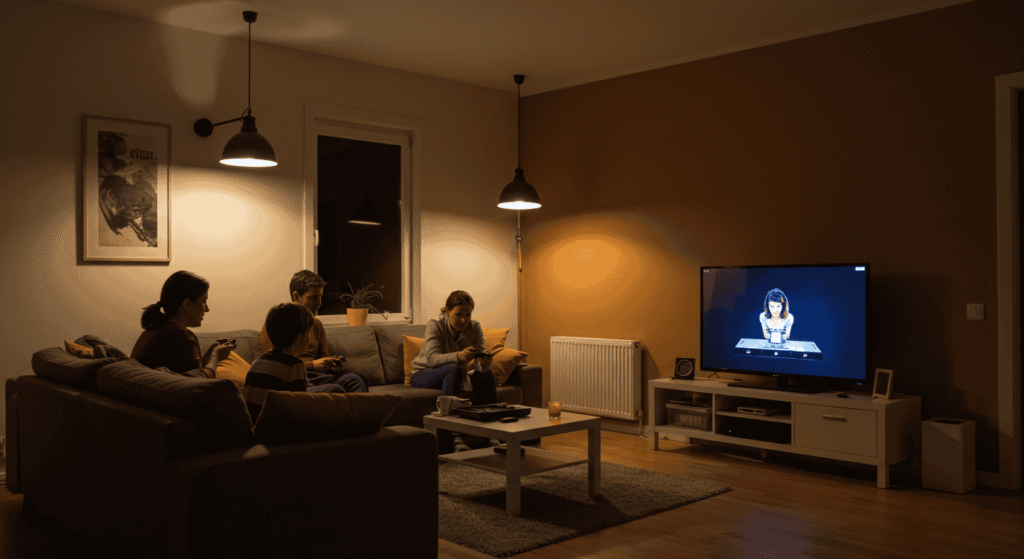
Even when your devices appear to be off, many continue to draw electricity—a phenomenon known as standby power or “phantom load.” This hidden energy drain can quietly inflate your electric bill without you realizing it. Understanding which devices contribute most and how to combat this waste is key to lowering your energy costs.
Common Devices That Drain Power Even When Off
Several household devices are notorious for consuming standby power. These include TVs left on standby mode, phone and laptop chargers plugged in all day, microwaves with digital clocks, and gaming consoles in sleep mode. Individually, the energy use may seem small, but collectively, it adds up to a significant portion of wasted electricity.
Practical Tips to Cut Standby Power Waste
The good news is that cutting standby power waste is simple and often inexpensive. Using power strips allows you to easily switch off multiple devices at once, eliminating phantom loads. Unplugging chargers and appliances when they are not in use is another effective method. Additionally, smart plugs can automate this process, turning off devices on a schedule or remotely via an app, helping you maintain consistent energy savings.
| Device | Standby Power (Watts) | Monthly Energy Cost Estimate | Easy Fix to Save Energy |
|---|---|---|---|
| TV | 2-5 | $1-$3 | Use power strip, unplug |
| Laptop Charger | 1-2 | $0.50-$1 | Unplug when not charging |
| Microwave | 3-4 | $1-$2 | Unplug or switch off |
Appliances and Energy Efficiency: What You Can Do
Appliances are a major contributor to your home’s overall energy consumption, making them key targets to save on your electric bill. By evaluating and optimizing how you use your appliances, you can reduce energy costs significantly without sacrificing convenience.
Evaluating Your Appliance Energy Usage
Certain appliances tend to use more electricity than others. Refrigerators, washers, dryers, and ovens are among the top energy consumers in most households. Understanding the energy demands of each can help you make smarter choices, such as running full laundry loads or avoiding unnecessary oven preheating. Tracking how and when you use these appliances allows you to identify opportunities for reducing electricity consumption.
Maintenance Tips to Keep Appliances Running Efficiently
Regular maintenance is essential for keeping your appliances energy-efficient. Cleaning filters in washers and dryers improves airflow and reduces energy use, while defrosting your refrigerator prevents ice build-up that can make it work harder. Proper loading of appliances—not overloading or underloading—also ensures optimal performance and energy use.
When to Consider Replacement vs. Repair
Knowing when to repair an appliance or replace it with a more efficient model is crucial. Older appliances may consume excessive electricity even if they still function well. If repair costs are high or the appliance is outdated, investing in an energy-efficient replacement can lead to long-term savings on your electric bill and contribute to reducing your overall energy consumption.
Harnessing Renewable Energy and Off-Grid Options
Exploring renewable energy sources is a powerful way to save on your electric bill while reducing your environmental footprint. While not every home is ready for a full off-grid setup, integrating renewable energy options can lead to substantial energy savings over time.
Basics of Solar Energy for Your Home
Solar energy harnesses sunlight to generate electricity, which can significantly lower your dependence on the grid and reduce your monthly electric bill. Even partial solar installations can offset energy consumption during peak daylight hours. By capturing clean, renewable energy, you’re not only cutting costs but also supporting sustainable living.
Battery Storage and Peak Time Savings
Battery storage systems allow you to save excess solar energy or grid electricity during low-demand periods and use it during peak hours when utility rates are highest. This strategy helps optimize your energy usage and avoid costly electricity charges. Smart energy management through battery storage is becoming increasingly accessible and can maximize your overall energy efficiency.
Other Green Energy Options to Explore
Beyond solar, there are other renewable and green energy solutions to consider, such as small wind turbines, geothermal heating and cooling, and community energy programs. These options vary in feasibility depending on location and budget but offer additional avenues to reduce your reliance on traditional electricity and lower your energy costs.
Seasonal Energy Saving Hacks to Slash Costs Year-Round
Energy usage can vary greatly with the seasons, but smart adjustments throughout the year can help you consistently save on your electric bill. By tailoring your approach to each season’s demands, you’ll maintain comfort while reducing unnecessary energy costs.
Summer-Specific Tips to Lower Cooling Bills
During hot months, cooling often drives up electricity consumption. Using ceiling or portable fans can circulate air efficiently and reduce reliance on air conditioning. Installing window shades or reflective films helps block heat before it enters your home, keeping indoor temperatures cooler. Regular HVAC maintenance, like cleaning filters and checking refrigerant levels, ensures your cooling system runs efficiently without wasting energy.
Winter Tips to Save on Heating
In colder months, layering clothing inside can reduce the need to crank up the heat. Using humidifiers adds moisture to dry winter air, helping you feel warmer at lower temperatures. Sealing drafts around windows and doors with weather stripping or draft stoppers prevents heat loss, making your heating system’s job easier and lowering your electric bill.
Spring and Fall: The Perfect Time for Energy Audits
Transitional seasons are ideal for conducting an energy audit to assess your home’s efficiency. An audit helps identify leaks, inefficient appliances, or other energy wasters that may have developed over time. Addressing these issues before extreme temperatures hit ensures your home stays comfortable year-round while keeping your energy costs in check.
Save on Your Electric Bill: Final Tips to Keep Energy Costs Low
Saving on your electric bill is all about smart choices and consistent effort. By understanding where your energy goes, upgrading key systems like lighting and thermostats, and tackling common energy wasters, you can make a real difference in your monthly expenses. Remember, small changes add up—whether it’s sealing drafts, managing standby power, or exploring renewable options. Implement these practical strategies and enjoy a more energy-efficient home while keeping your electric bill and overall energy costs comfortably low year-round.

